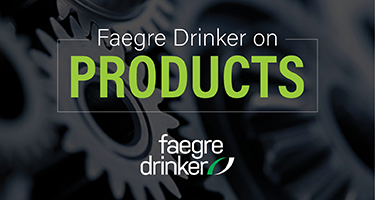In March 2022, the In re Zostavax MDL court entered a Lone Pine order requiring plaintiffs who claimed to have developed shingles as a result of using the Zostavax vaccine to produce certain test results supporting causation. In December 2022, the court dismissed 1,189 cases for failure to comply with that Lone Pine order. We posted about the Lone Pine order in April 2022 and the dismissal order in December of the same year. Now, on appeal, the Third Circuit has affirmed both the Lone Pine order and the dismissal. In re: Zostavax (Zoster Vaccine Live) Prods. Liab. Litig., 2024 WL 3423709 (3d Cir. July 16, 2024).
Zostavax is a vaccine meant to prevent shingles, a viral infection caused by the varicella-zoster virus (VZV). The vaccine introduces a weakened strain of VZV, triggering an immune response that primes the recipient’s immune system against non-vaccine sources of VZV (i.e., “wild-type strains”). VZV is responsible for both shingles and chickenpox, and it remains in the body for life. As a result, everyone who had chickenpox as a child faces a risk of the virus reactivating and causing shingles in adulthood. A laboratory test (called a “PCR test”) can reliably distinguish between the strain of VZV used in Zostavax and the wild-type strain one would find due to chickenpox infection.

